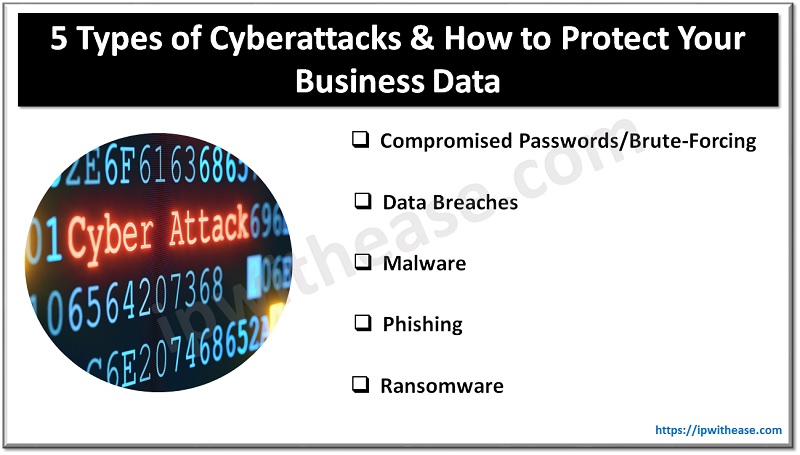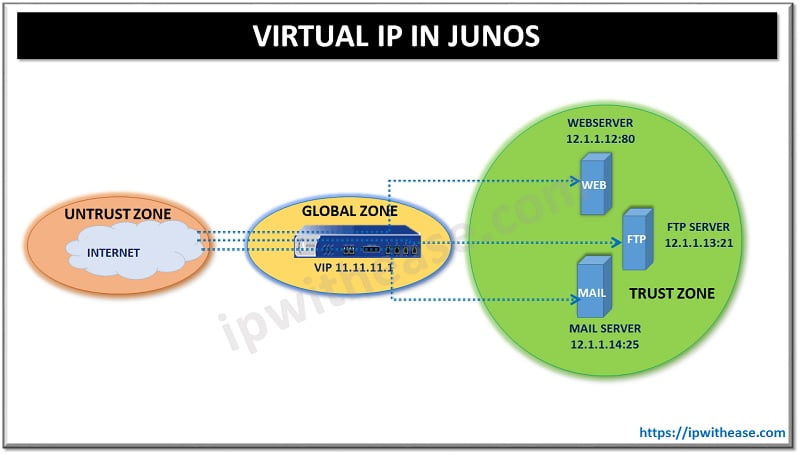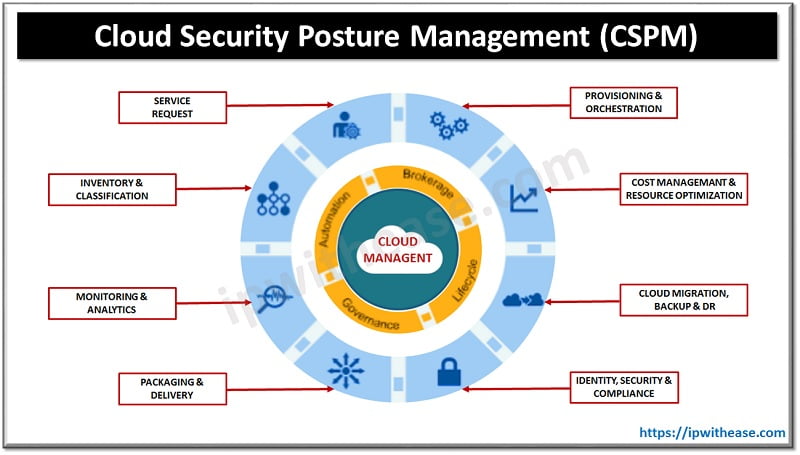Table of Contents
Phishing has been around for decades, but it hasn’t gotten any less dangerous over time. In fact, it’s only gotten smarter. What used to be a hastily typed email from a “Nigerian prince” is now a beautifully well-written email even the most tech-savvy among us could be fooled by. Cybercrooks are getting good at playing pretend, and phishing is becoming their costume of choice.
So, what is phishing in the first place, why is everyone still falling for it, and what can you do in reality to keep yourself protected? Let’s get into it!
What Phishing Is All About
Think about phishing as internet bait. It’s when you are hoodwinked into handing over private information you know, passwords, credit card numbers, or login information; by someone passing himself off as someone you can trust. That can be your bank, IT department at your workplace, friend, or even delivery folks. The goal? Make you click, download, or forward something you definitely shouldn’t.
The trick is, the scams usually do not sound fake. The phishing emails today are as legit as the real deal. The logos are perfect, composition is polished, and tone is as expected. There are even some which include your real name and email.
The Sneaky Ways Cybercriminals Set the Trap
Phishing is not as much about dodgy emails as it once was. Its types have varied, and spammers are becoming inventive in order to improve their strike rate. The old-fashioned method still comprises email, of course. The message arrives in your inbox claiming you overlooked a payment or your account must be verified. There is a link that goes to a bogus login screen. You submit your information, and voila your credentials are now in a hacker’s hands.
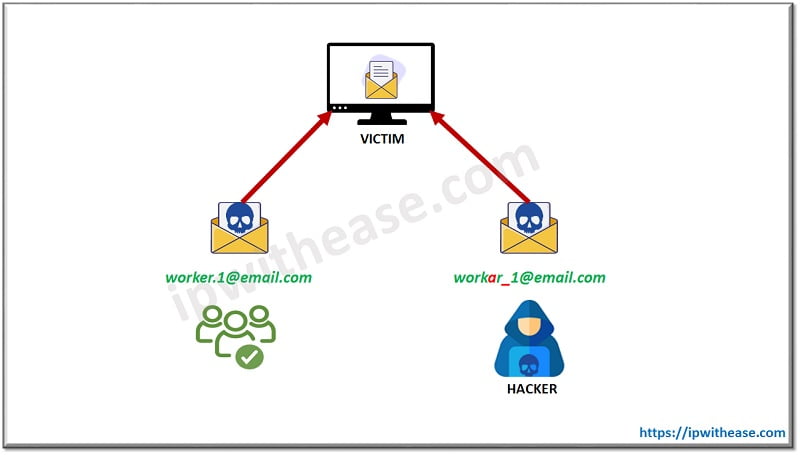
But that’s just one technique. Then there’s smishing, which is phishing in an SMS. You might receive a message saying your package is late and you need to confirm delivery. It’s just usually a trick to get you to click on a link that goes to a website infested with malware.
There is vishing as well, which uses voice calls. There is someone pretending to be on your bank’s or IT personnel’s side, calling and saying they have problems in your account. They can sound really plausible, professional, even urgent. But their aim remains the same, to fool you into giving them sensitive information.
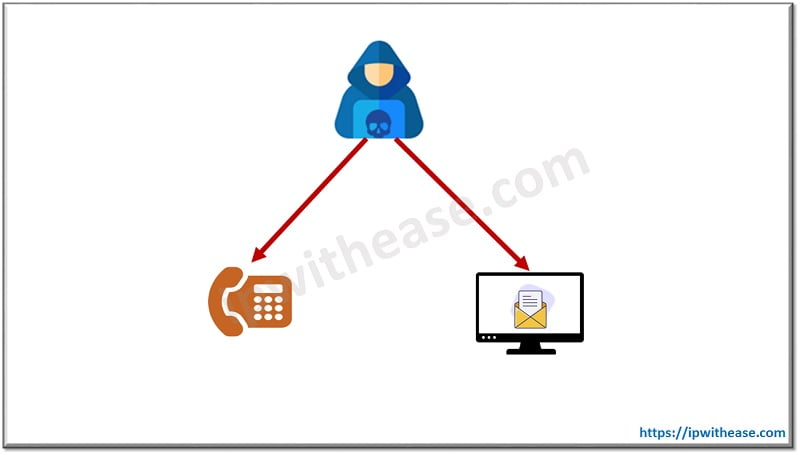
Not even social media is safe anymore. Fake accounts or hacked accounts can send you a message either as a link or as a file pretending to be harmless. Click once, and your system is hacked.
Phishing has become a mask-wearing playground, and the attackers keep altering their modus operandi in a bid to be one step ahead of our guard.
How to Fight Back Without Losing Your Mind
You do not need to be a security expert in order to protect yourself from a phishing attack, but you do need to be careful and adopt a couple good practices that make phishers’ lives difficult.
- First, proceed slowly. If something seems wrong, even a little, wait a minute before you click on something. Phishing is based on quick reactions. When you wait, you are in control.
- Second, check the sender’s information very carefully. Most bogus emails come from email addresses that look genuine but are not quite right. Perhaps your “bank” is contacting you from an email address ending in “.net” instead of “.com” or that contains a small typo embedded in it.
- Also, hover your mouse’s cursor over links before you click. This applies to computer and on mobile (tap and hold on mobile). If the link is not right for the destination you are supposed to visit or seems suspicious, do not click.
- When you are asked for personal information, look at the site yourself. Do not click on links.
- If your bank is claiming that something is wrong, open your browser and enter through the official website. If there is actually a problem, you will be able to spot it there.
- Having multi-factor authentication (MFA) can save you too. If an intruder somehow gets your password, MFA asks for another security step, for instance, typing in a code from your phone.
- Get your software updated, too. Most phishing attacks are based on outdated systems. Patches, as a rule, plug those holes, so do not keep putting them off.
- And perhaps most of all talk about phishing. If you got an odd message, chances are, somebody else got the identical message. The more we communicate and inform each other, the less effective such scams are.
The Future of Phishing – And Why You Need to Stay Prepared
Phishing is not going anywhere. As a matter of fact, it is going to continue to evolve. With the advent of AI and deepfake, cybercriminals are finding new methods to dupe others on a very personal note. But the good news is that awareness remains the best defense. If you know what to look for and adopt security-first habits, you become a much harder target. So, be on your guard. Be curious. And do not be afraid to doubt a message, even when it is from an individual you know.
ABOUT THE AUTHOR
IPwithease is aimed at sharing knowledge across varied domains like Network, Security, Virtualization, Software, Wireless, etc.

